Small-Business Success Story: How Shark Tank Helped Lollaland Grow
The television show provided an infusion of cash to expand this couple’s family business.
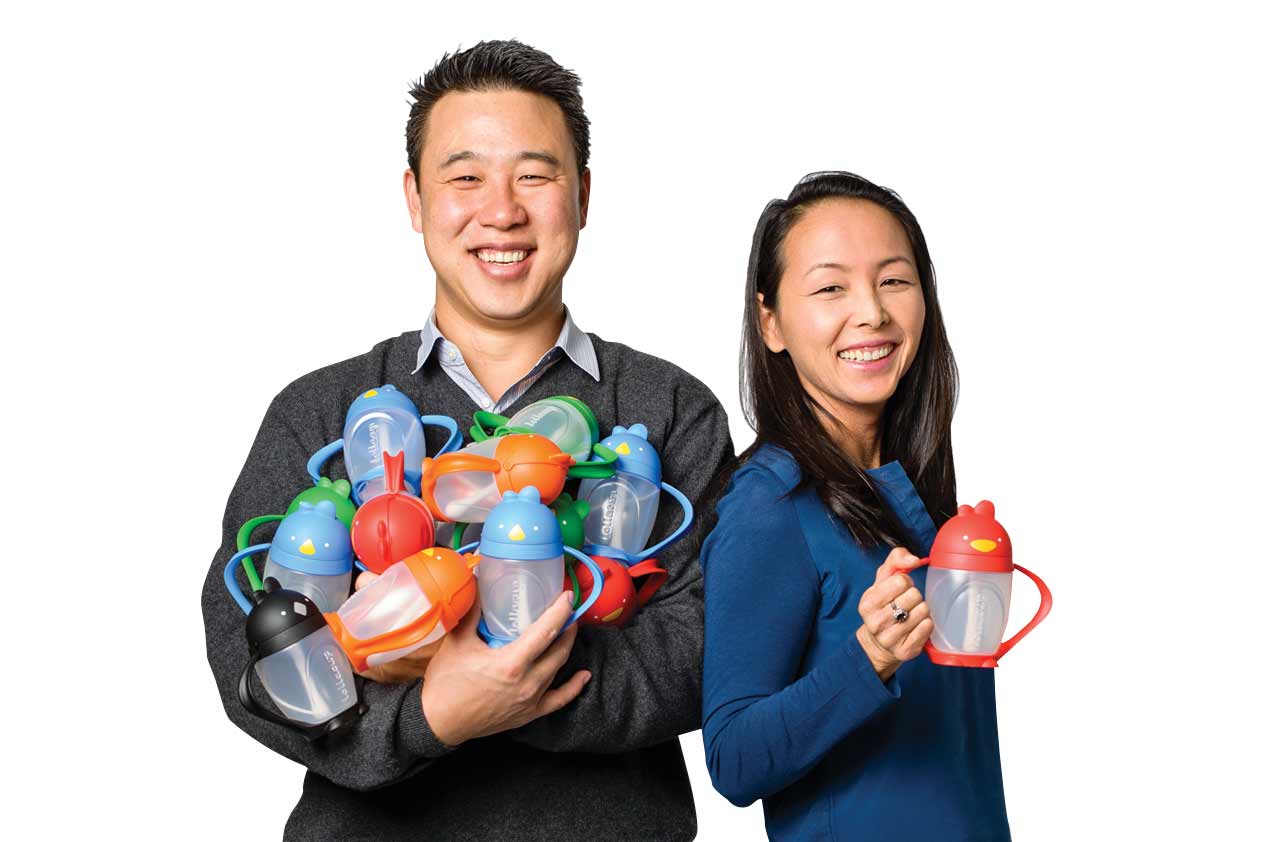

Kiplinger's spoke with Hannah and Mark Lim (pictured at left), owners of Lollaland, a Monrovia, Calif.-based company that makes specialty products for children, about why they decided to start their own business. Read on for an excerpt from our interview:
See Our Slide Show: 6 Surprisingly Simple Ideas That Made Millions
Hanna, where did you get your idea? I had been a high school chemistry teacher, but I was staying home with our first daughter, Story, now age 7. She found it difficult to drink from a sippy cup with a spill-proof valve, but if I held a cup with a straw to her mouth, she could drink just fine. I wanted a cup with a straw that would allow her to capture all the liquid from the bottom. Plus, I wanted it to be made in the U.S. from kid-safe plastic. My husband, Mark, who was studying for his MBA, encouraged me to write a business plan using one of his textbooks as a guide. If the plan was viable, he would join me in executing it after he graduated. I wrote a 35-page plan.
Why “Lollaland”? Our daughter asked for her “lolla” cup—her water cup—and we decided to broaden the idea as our company name.

Sign up for Kiplinger’s Free E-Newsletters
Profit and prosper with the best of expert advice on investing, taxes, retirement, personal finance and more - straight to your e-mail.
Profit and prosper with the best of expert advice - straight to your e-mail.
Did you design the cup? No. I Googled “industrial design + LA area” and interviewed at least 10 firms. I had only $10,000 to spend on design, but the designer was intrigued by our small project and agreed to take it on. I found our manufacturer the same way. I think my business plan persuaded both companies that I was serious. We spent $5,000 to $6,000 to hire a patent attorney, who helped us obtain our design patent and trademarks. We spent another $1,000 to create a prototype of the cup. On our first manufacturing run, we ordered the minimum of 3,000 units, which cost about $4.50 per cup. If we had gone to China, they would have cost about $1 apiece.
How did you sell the cup? In October 2010, we got our first orders at a baby-product trade show. We live in the Los Angeles area, which has lots of high-end baby boutiques and gift shops, so I also went door-to-door with a box of samples in my car and opened 50 accounts. Now we have 800 accounts across the U.S. (The cup also sells for $16 at www.lollaland.com.)
Where did you get the money? Our parents, immigrants from Korea, always told us to save. Plus, neither of us had any student-loan debt. So we pulled $100,000 from our savings and took a small-business loan for $60,000 from a local lender, using our townhouse for collateral. We moved in with my in-laws and rented out our house.
You presented your idea on the TV show Shark Tank? We were desperate for more money to pay for another production run, and my husband suggested that we audition. We asked for $100,000 in exchange for a 15% stake. We were on TV for maybe 10 minutes [the episode aired in April 2012], but we negotiated with the investors for 90 minutes. Mark Cuban and Robert Herjavec gave us the $100,000, but each took 20%. That was painful, but Mark Cuban has been especially responsive and has mentored us with tough love.
Are you making a living? We had about $1 million in gross sales in 2014 and hope to double that in 2015. Neither of us took a salary for the first two years, but now we take very modest ones.
What’s next? Now we’re also selling a three-piece mealtime set [$20] that was inspired by our second child, Sofia, 6, and we’re developing a glass baby bottle with a great anti-colic nipple, inspired by our third, Zoe, 2.
Get Kiplinger Today newsletter — free
Profit and prosper with the best of Kiplinger's advice on investing, taxes, retirement, personal finance and much more. Delivered daily. Enter your email in the box and click Sign Me Up.

-
 Five Medicare Changes Coming in 2026
Five Medicare Changes Coming in 2026Learn about the benefits that become permanent features of Medicare in 2026 and how they have been changed or updated since their inception.
-
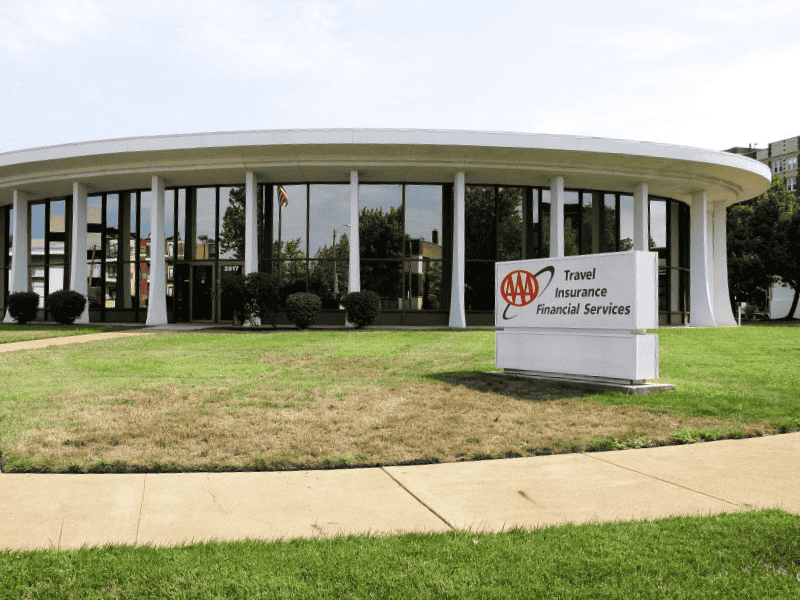 Discover Which Five States Have AAA Offices Offering Real ID Services. Learn What You Need To Do To Take Advantage of Them.
Discover Which Five States Have AAA Offices Offering Real ID Services. Learn What You Need To Do To Take Advantage of Them.A trip to the DMV can be a painful experience. Skip the line and visit your AAA office to get your REAL ID (select states only).
-
 Roth IRA Contribution Limits for 2025
Roth IRA Contribution Limits for 2025Roth IRAs Roth IRA contribution limits have gone up. Here's what you need to know.
-
 How to Search For Foreclosures Near You: Best Websites for Listings
How to Search For Foreclosures Near You: Best Websites for ListingsMaking Your Money Last Searching for a foreclosed home? These top-rated foreclosure websites — including free, paid and government options — can help you find listings near you.
-
 Four Tips for Renting Out Your Home on Airbnb
Four Tips for Renting Out Your Home on Airbnbreal estate Here's what you should know before listing your home on Airbnb.
-
 Five Ways to a Cheap Last-Minute Vacation
Five Ways to a Cheap Last-Minute VacationTravel It is possible to pull off a cheap last-minute vacation. Here are some tips to make it happen.
-
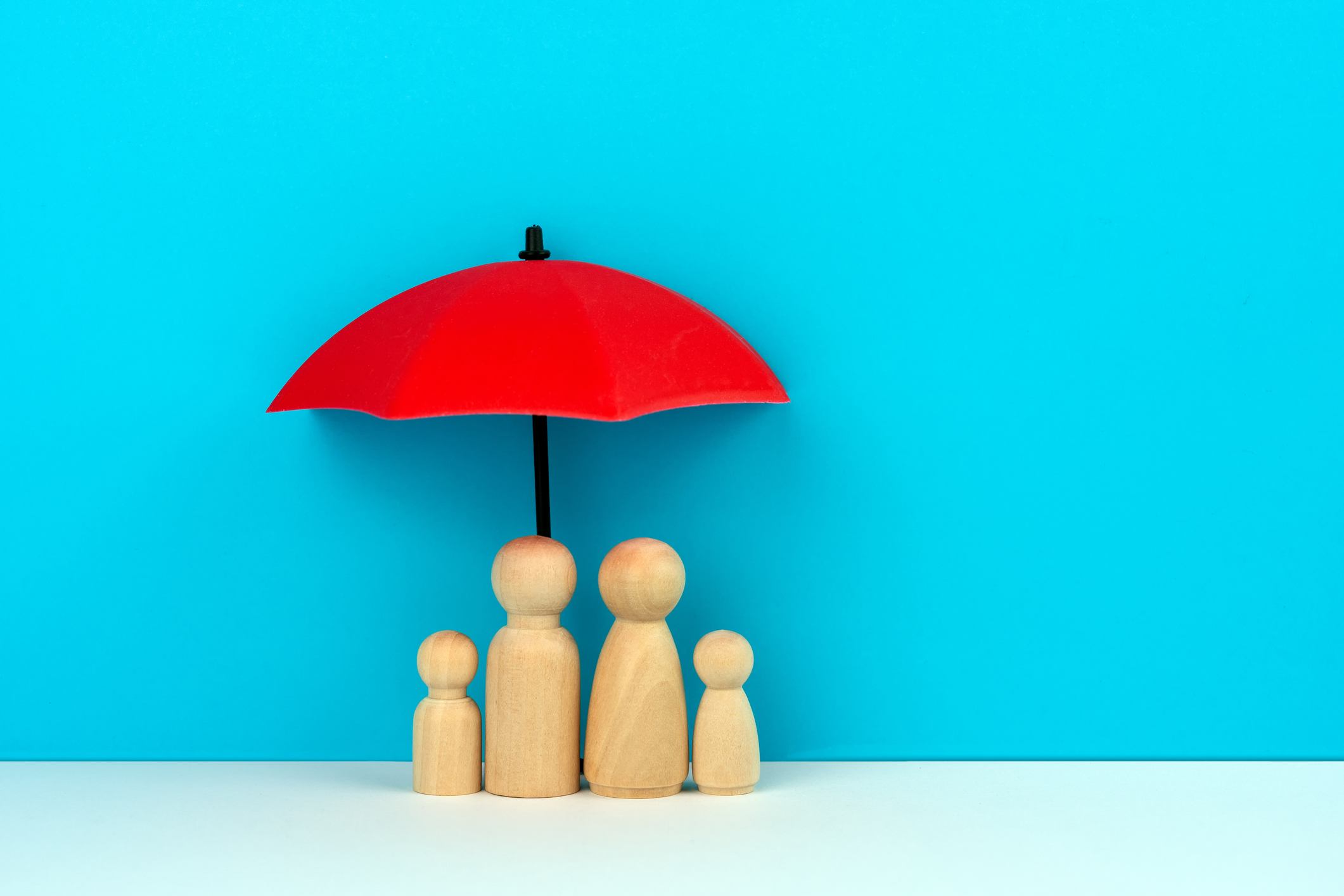 How to Figure Out How Much Life Insurance You Need
How to Figure Out How Much Life Insurance You Needinsurance Instead of relying on rules of thumb, you’re better off taking a systematic approach to figuring your life insurance needs.
-
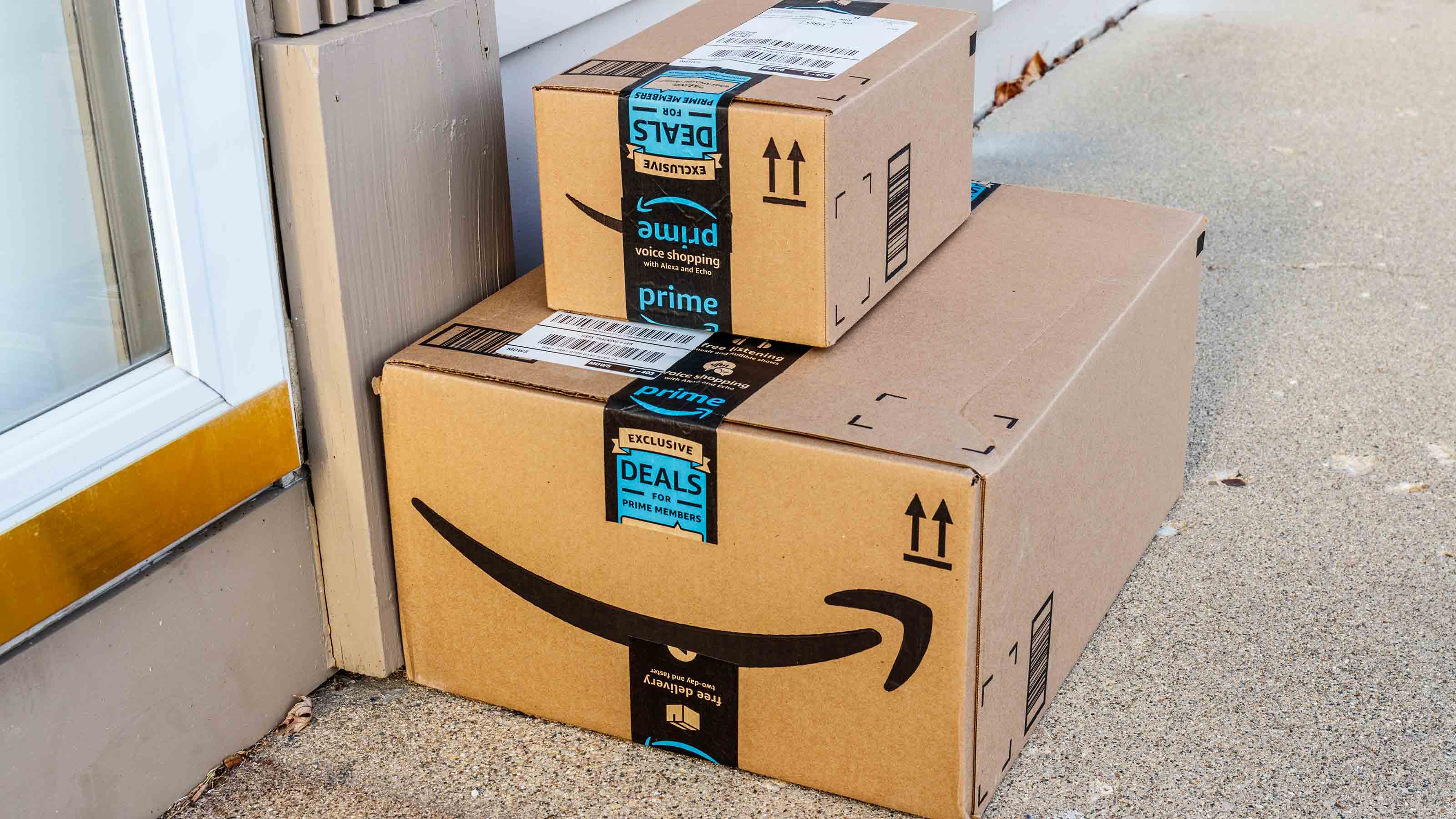 Amazon Big Deal Days Is Coming! We’ve Got All the Details
Amazon Big Deal Days Is Coming! We’ve Got All the DetailsAmazon Prime To kick off the holiday season with a bang, Amazon Big Deal Days runs Tuesday, October 8 and Wednesday, October 9.
-
 How to Shop for Life Insurance in 3 Easy Steps
How to Shop for Life Insurance in 3 Easy Stepsinsurance Shopping for life insurance? You may be able to estimate how much you need online, but that's just the start of your search.
-
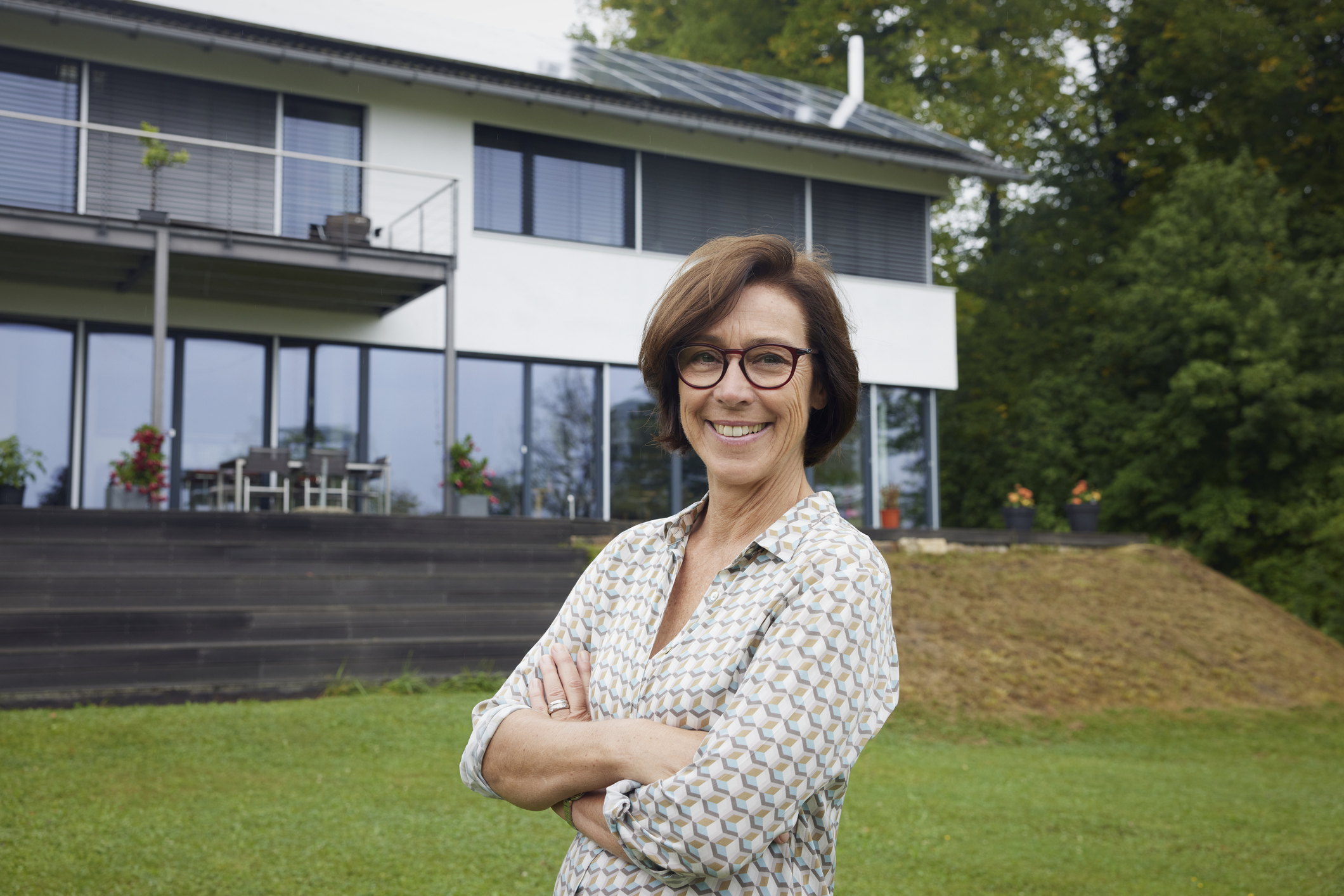 Five Ways to Shop for a Low Mortgage Rate
Five Ways to Shop for a Low Mortgage RateBecoming a Homeowner Mortgage rates are high this year, but you can still find an affordable loan with these tips.